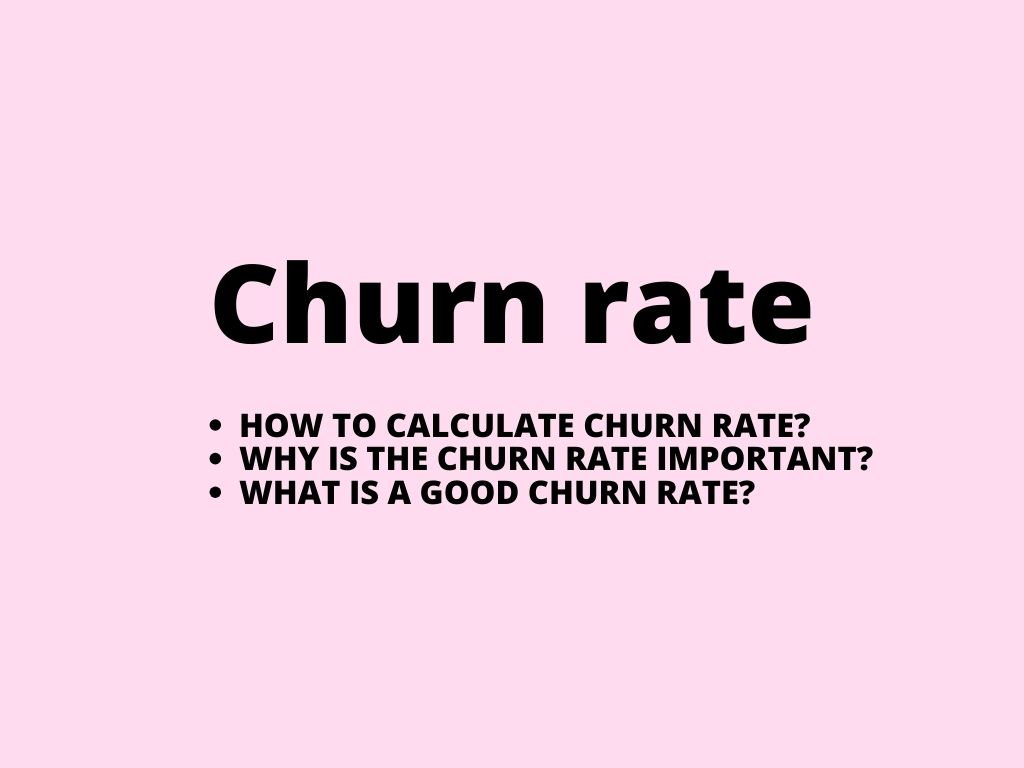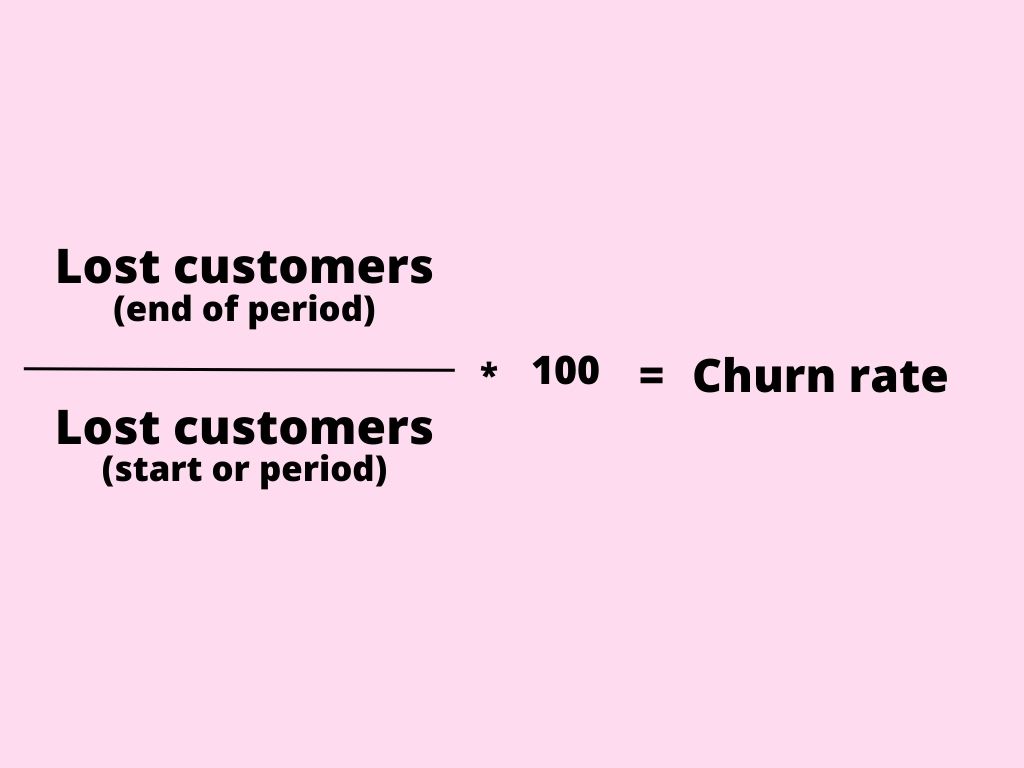
Churn rate
The churn rate is a vital metric for every app. Discover what the churn rate means, how to compute it, and why it serves as a crucial Key Performance Indicator (KPI).
The churn rate is the percentage of users who have stopped using an app. It can be users who stopped using the app altogether or those who uninstalled it. The choice between these definitions depends on the app’s type and goals. For instance, the customer churn rate focuses on users who have discontinued using the app’s products or services, which is valuable for subscription-based apps.
Essentially, the churn rate counts how many users leave the app within a specific time period.
Why is the churn rate important?
A high churn rate may indicate that you’re investing in user acquisition but not maximizing the return on investment. Identifying the reasons for churn allows you to enhance user retention and subsequently increase revenue. Some mobile app sectors anticipate a high churn rate, like hyper-casual gaming, which considers it part of their business strategy.
How to calculate the churn rate?
To calculate the churn rate for your app, decide whether you want to measure inactive users, uninstalls, or subscription cancellations. Then, select your time frame, such as annual or monthly churn rate. In-app event tracking helps pinpoint when users tend to churn, aiding in determining the most relevant measurement period and identifying areas for intervention to reduce churn.

Churn rate formula
What is a good churn rate?
Sometimes, a negative KPI can actually be a positive outcome. A negative churn rate indicates that an app has generated more revenue from both new and existing customers than it has lost due to users who have stopped using it.
However, it’s important to recognize that churn is a natural part of any business. Some users may not like an app, find a better alternative, or simply no longer require its features. Nonetheless, churn rate remains a vital KPI for app developers to consider.
By analyzing the churn rate, app developers can determine if changes are needed to enhance customer retention. This may involve improving the user experience, optimizing features, or adjusting prices. The benchmarks for churn rate can vary depending on your app’s industry, location, and platform.
It’s crucial to understand that when a user churns, it doesn’t mean they’re lost forever. There are various strategies to re-engage these users, and you can explore deeper use cases for using churn rate as a KPI in our user lifecycle guide. Additionally, you can learn more about achieving a good retention rate and discover ten strategies for improving your app’s user retention.
Was this article helpful?
Support us to keep up the good work and to provide you even better content. Your donations will be used to help students get access to quality content for free and pay our contributors’ salaries, who work hard to create this website content! Thank you for all your support!
Reaction to comment: Cancel reply